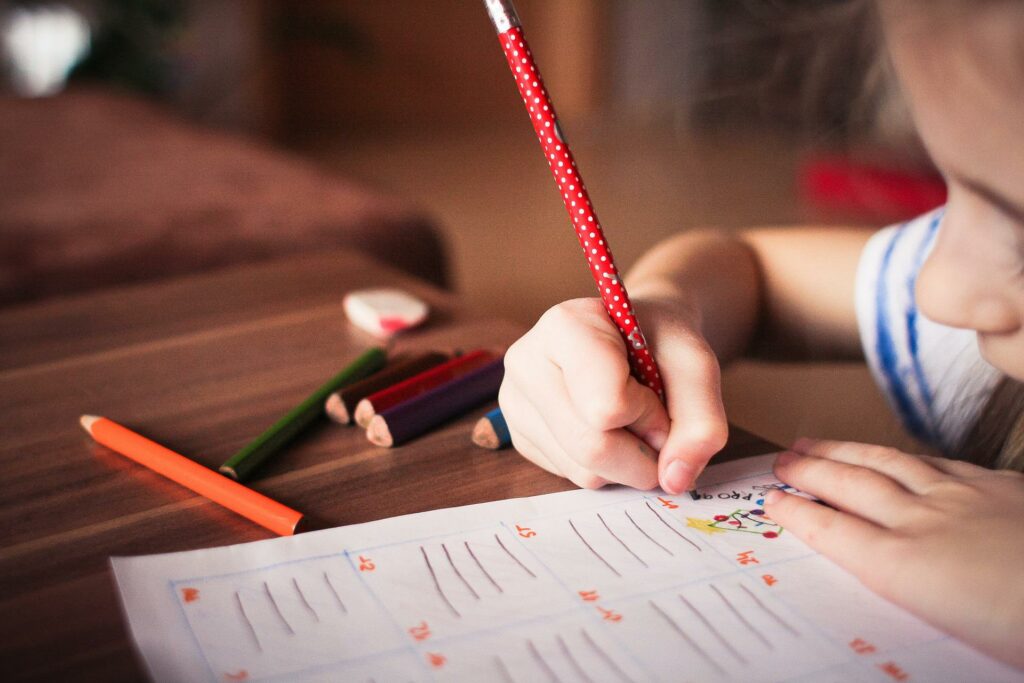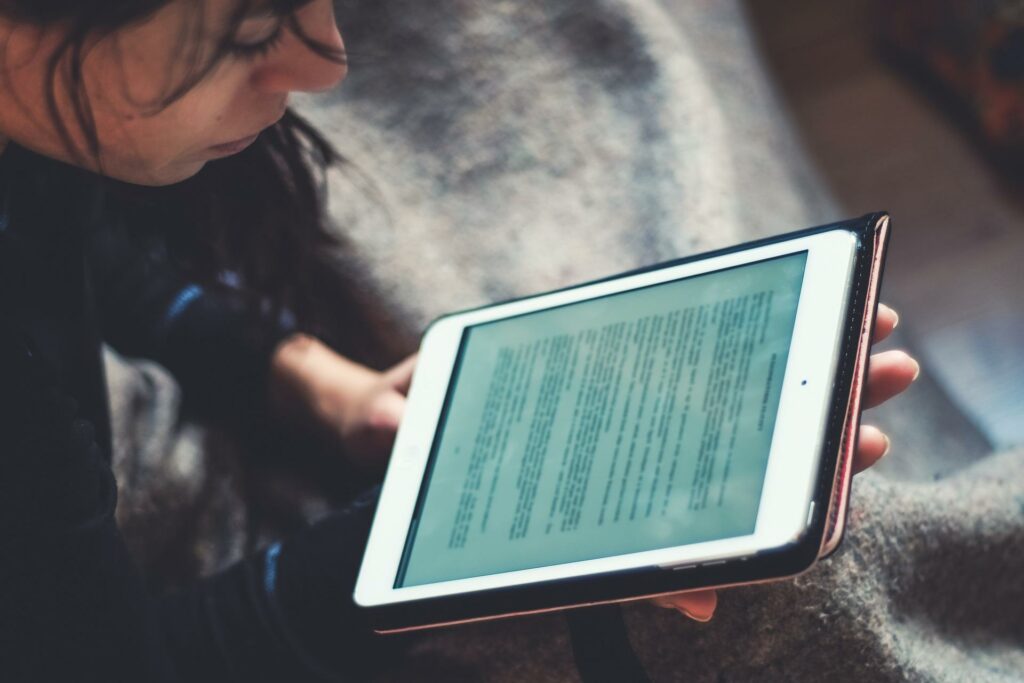
In recent years, digital educational materials have become more relevant. This is especially so with the increased use of blended learning. Perhaps your child is already using a mix of both physical and digital resources for their school classes. However, when you’re looking for materials to supplement the school curriculum, what should you choose?
Let’s get to know these two mediums a bit better.
Digital Materials

The relevance of digital materials has been increasing, especially with home-based learning becoming a constant due to COVID-19. Digital materials include digital copies of books, which may be available in PDF, EPUB, MOBI and audiobook formats. They may also include videos and online activities. Depending on the type of resource you choose, an internet connection may or may not be needed.
Pros
- Are usually cheaper than physical resources as there is no cost of printing
- Better for demonstrating concepts that involve motion and sound, by using videos or interactive elements
- Compact and portable, and can be used on the go in the bus or train
- Can make learning more active and involved for children who feel bored easily from regular classroom teaching methods
Cons
- Higher upfront cost needed to purchase a device
- Device needs to be charged and functional to be used reliably
- Can cause dry and strained eyes if used for long hours due to the blue light from screens
- Can be highly distracting if its use is not monitored well (e.g. instead of studying, it’s used to browse YouTube and social media instead)
Printed Materials

Printed materials include traditional educational materials. These include printed books and educational toys like science experiment kits. Despite the rise of digital education materials, physical resources are still useful and relevant to your child’s learning.
Pros
- Gentler on the eyes as they do not emit blue light
- Provides tactile stimulation, such as by turning the pages and assembling experiments
- Can be used without internet connection or batteries, which also helps to prevent distractions from studying
- It’s easier to flip through the pages to check something, rather than scrolling through a PDF or e-book
Cons
- Weighs more and takes up more space
- Less suitable for learning sounds and visual concepts that move
- Harder to reuse if the exercises and worksheets have been completed once before
Other Considerations
Apart from the pros and cons of digital and physical study materials, what else do you need to think about?
Age – If your child is five years old or younger, it may be good to focus on physical rather than digital educational resources. This is because tactile stimulation is especially important for the brain development of young children.
Expose your child to more hands-on activities and consider starting out with these flashcards!
Child’s Preferences – If your child has their own preferences regarding which type of educational materials to use, it would be a good idea to purchase the study resources accordingly.
Your child may have a study style they prefer, which will naturally have its unique needs. Try to keep studying and learning as enjoyable as possible!
Child’s Needs – If you feel that your child is using mostly physical materials in school, you could supplement that with more digital materials at home, and vice versa.
It is also important that you consider your child’s academic weaknesses and arrange materials to improve on those weaknesses.
So how can you tell whether digital or physical educational materials are better? It all depends on your child. As every child is unique, customise the learning resources you purchase so that they fit your child.
If your child needs supplementary material for their studies, we have a wide range of academic and educational materials at CPD Singapore to suit their learning styles! Check out our online shop to view our guidebooks and assessment books from pre-school to JC level, educational magazines, children’s books, digital flashcards and more!
